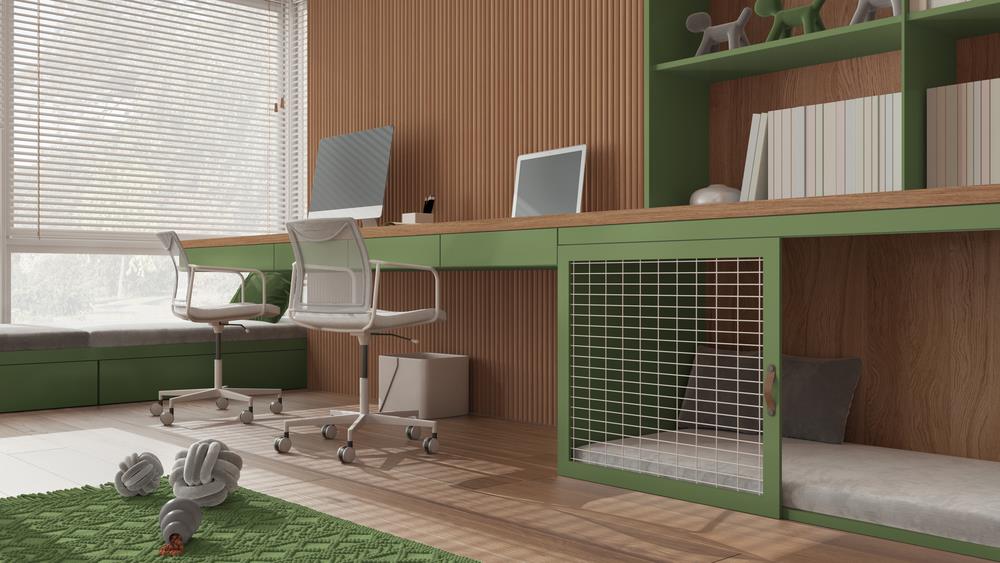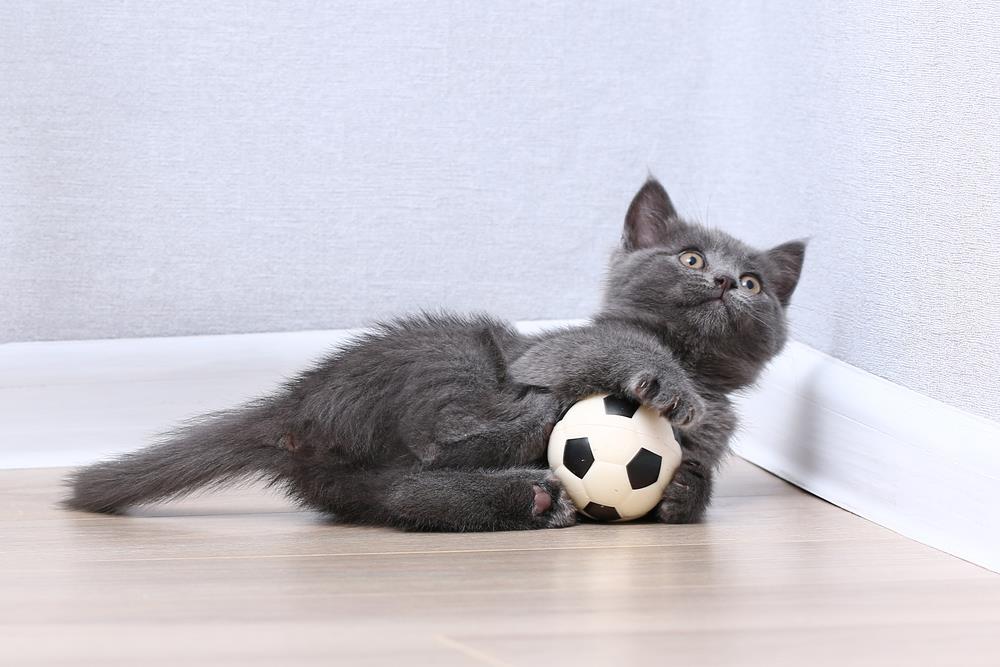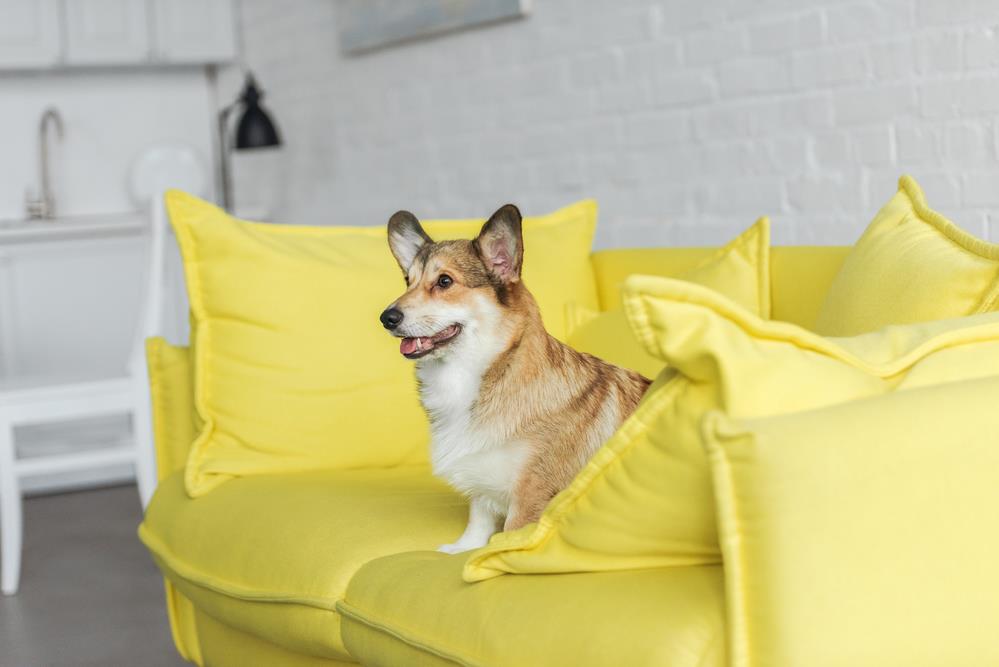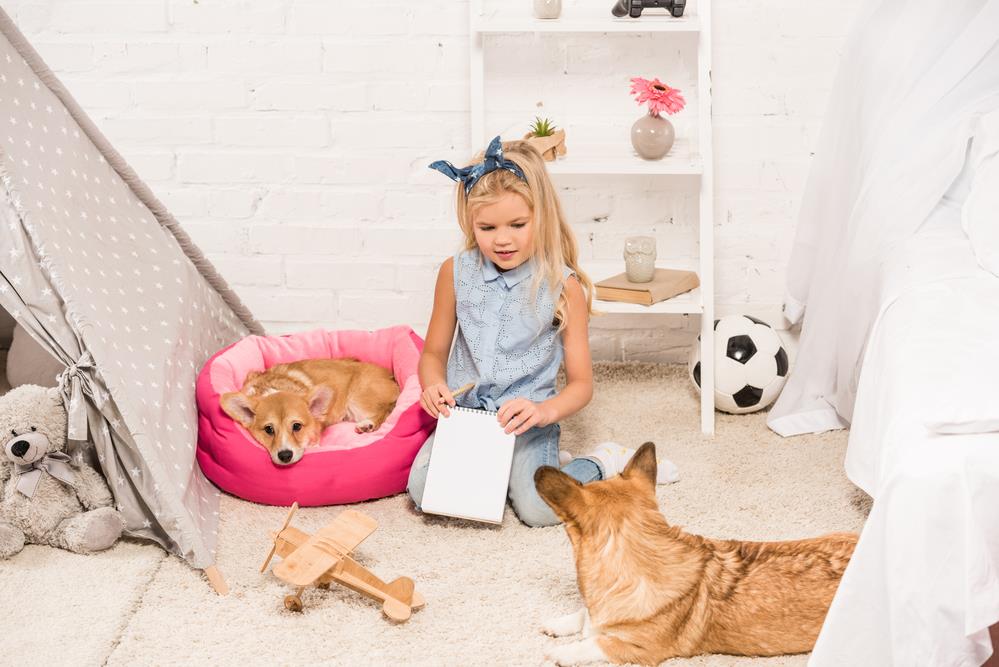Understanding the Basics: Apartment Life with Pets
Adopting a pet while living in an apartment is a decision that requires careful consideration. The restricted space and rules set by property management can pose unique challenges. However, numerous benefits can outweigh these difficulties.
Introduction to Pet Ownership in Apartments
The concept of pet ownership in apartments isn’t new. In fact, it’s a growing trend in Australia. About 61% of households have pets, with many residing in apartments.

Challenges of Keeping Pets in Apartments
Pets require space, exercise, and attention. Limited space, noise restrictions, and lack of access to outdoor areas can be challenging. It’s necessary to understand your pet’s needs and ensure they align with your living conditions.
Benefits of Having Pets in Apartments
Despite the challenges, there are myriad benefits to having a pet in your apartment. Pets can offer companionship, reduce stress, and even provide a sense of security. Furthermore, caring for a pet can promote a structured routine and encourage healthy habits.
Choosing the Right Pet for Apartment Living
When choosing a pet for apartment living, one must consider several key factors. These include the size of the pet, their breed, and temperament. Dogs, cats, birds, and fish are common pet choices, each with their unique benefits and challenges.
Research suggests that smaller breeds of dogs and cats, for instance, typically adapt better to apartment living due to their size. However, their temperament plays a critical role as some small breeds can be high-energy and noisy, which may not be suitable for apartment living.

On the other hand, birds and fish present different considerations. Birds can be noisy but require less space, while fish are quiet and can be kept in a small tank, but require regular maintenance.
Ultimately, choosing the right pet for apartment living requires a balance between the pet’s needs and the limitations of your living space. It’s crucial to consider the pet’s size, breed, and temperament, among other aspects, to ensure a harmonious living situation.
Navigating Apartment Rules and Regulations
Deciphering the maze of apartment rules and regulations can be challenging, particularly when it involves pets. A crucial starting point is understanding your lease agreement and the pet policy attached. Property managers often include specific clauses about pet ownership, including size, breed restrictions, and potential additional costs.
Discussing Pet Ownership with Landlords
Transparent communication with your landlord or property management is vital. Before bringing a pet into your apartment, discuss the possibility and understand their stance. Some apartment complexes are more pet-friendly than others.
Legal Rights and Responsibilities of Pet Owners
As a pet owner, you have certain legal rights and responsibilities. In Australia, rental laws vary by state. For instance, in Victoria, changes to the Residential Tenancies Act 1997 mean landlords cannot unreasonably refuse a request for pets. Familiarise yourself with the specific laws in your state to ensure you’re within your rights.
Navigating apartment rules and regulations for pet owners is a necessary process. It involves understanding your lease agreement, discussing pet ownership with landlords, and being aware of your legal rights and responsibilities.
Creating a Pet-Friendly Environment
Adapting an apartment for a pet requires careful planning and consideration. Start by designating a specific area for your pet, ensuring it’s safe and comfortable. Remove any potentially harmful substances or objects and consider adding a pet gate for added safety. Remember, each pet is unique and may require different living adjustments.

Pet-Friendly Furniture and Home Decor
When it comes to pet-friendly furniture, opt for durable and easy-to-clean materials. Leather and microfiber are excellent choices. Additionally, invest in scratch-resistant furnishings if you have cats. Home decor should also consider pets. Avoid delicate ornaments that can easily get knocked over.
The Importance of Exercise and Stimulation
Pets living in apartments need adequate exercise and mental stimulation. Regular walks and playtime are crucial. For dogs, consider a daily exercise routine. Cats require interactive toys to keep them stimulated. Remember to adjust these activities based on your pet’s age and health status.

Managing Noise and Other Pet-Related Disturbances
Living in an apartment with pets can be a joy, but it also comes with challenges, particularly when it comes to managing noise and other disturbances. The trick to maintaining peace lies in good pet training and adopting effective strategies to minimise these disruptions.
Dealing with incessant barking, meowing or other pet noises often requires a bit of patience and a lot of training. In fact, RSPCA Australia recommends a combination of obedience training, behaviour modification and environmental changes. For example, pets that are well-exercised and mentally stimulated are less likely to create noise.
Training your pets to behave well in an apartment setting is paramount. This effectively involves teaching them to respect boundaries and to be aware of noise levels.
Minimising pet-related disturbances for neighbours largely depends on good pet management and open communication. This may involve allocating specific play times to lessen noise during quiet hours, using noise-cancelling devices, or even investing in soundproofing.
Navigating apartment life with pets is not always easy, but with the right approach and resources, it’s certainly manageable. Remember, a well-trained, happy pet is likely to be a quiet pet.
Mastering Pet Care and Maintenance in Limited Spaces
Living in an apartment doesn’t mean you can’t provide high-quality care for your pets. It’s all about implementing smart strategies to maximise the use of your space.
Feeding, Grooming, and Cleaning Up After Pets
When it comes to feeding your pets, consider using collapsible dishes or modular feeders to save space.
Grooming can be managed with multi-purpose tools and by using the bathroom for easier clean-up. A pet hair vacuum can also be highly effective.
Handling Pet Waste Efficiently
For pet waste management, consider enclosed or self-cleaning litter boxes.
Managing Pet Allergies in Closed Spaces
Air purifiers and regular grooming can reduce allergens. For severe allergies, consider hypoallergenic pet breeds.
Keeping your apartment clean and your pet healthy is entirely possible with the right approach. Just remember, a little planning goes a long way.
Importance of Socialising Pets in Apartments
Socialisation is instrumental in creating a harmonious environment for both pets and residents within apartment buildings. Properly socialised pets are less likely to exhibit disruptive behaviours like excessive barking or aggression, improving the quality of life for all occupants.
Tips for Introducing Pets to Neighbours and Other Pets
- Gradual introductions are key. Begin by allowing your pet to observe others from a distance before allowing closer contact.
- Communicate with your neighbours about your pet, its behaviours and any concerns they might have.
- Consider organising a pet meet-and-greet in a common area. This fosters a sense of community and helps pets get used to each other.
Handling Potential Conflicts or Complaints
Address concerns promptly and respectfully. Open communication can often prevent minor issues from escalating. If necessary, consult with a professional, such as a pet trainer or the Fair Trading NSW for advice on pet-related strata disputes.
Final Thoughts on Balancing Apartment Life and Pet Ownership
Living in an apartment needn’t prevent you from enjoying the companionship of a pet. The key to harmonious living lies in understanding your pet’s needs and ensuring your apartment caters to them. Size, noise levels, and activity requirements are all vital considerations when choosing a pet suitable for apartment living.
Regular exercise, a balanced diet, mental stimulation, and, of course, love are all essential ingredients for a content apartment-dwelling pet.
Moreover, be respectful of your neighbours. Minimise noise and clean up after your pet promptly. With careful planning and thoughtful care, apartment life with pets can be a rewarding experience.

Remember, a pet is a long-term commitment that should be entered into with consideration and preparedness. But the rewards of pet ownership, particularly in the companionship and joy they bring, are immeasurable.


